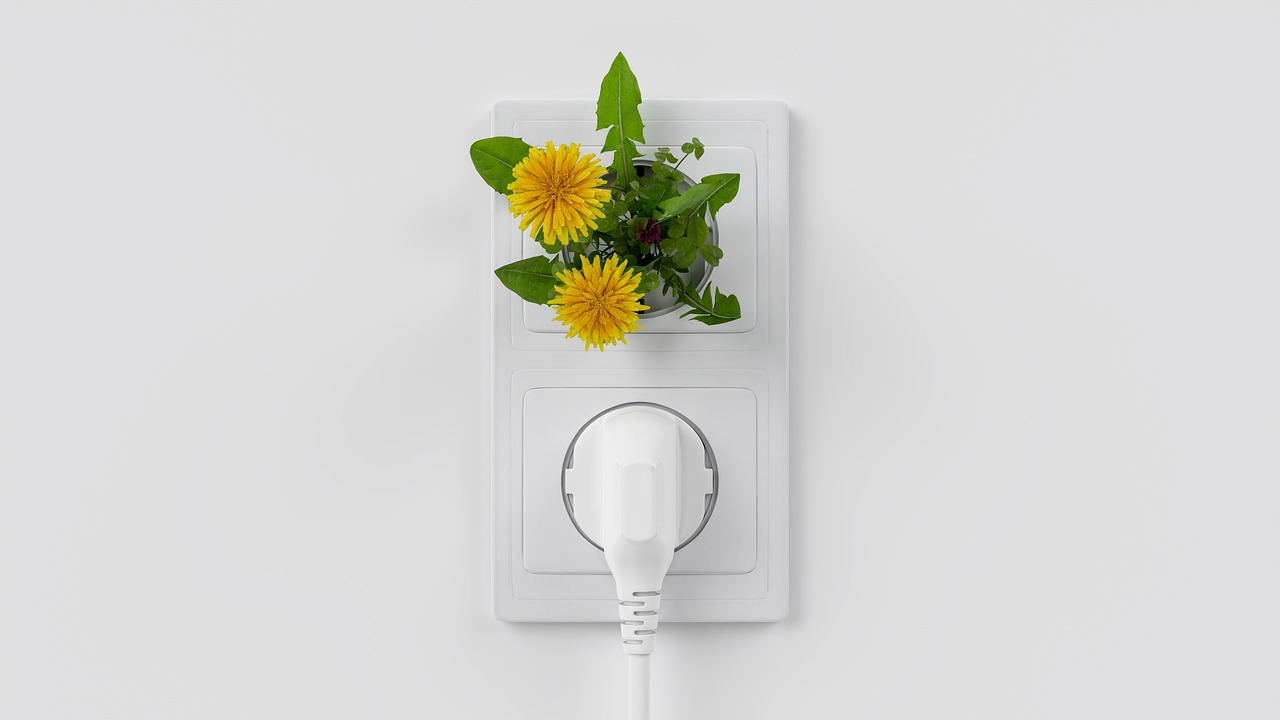In our journey toward a more sustainable future, it’s essential to consider how the orientation and layout of buildings play a significant role in energy efficiency and environmental impact. By thoughtfully designing buildings to harness natural light, optimize temperature control, and integrate with their surroundings, we can reduce energy consumption and create healthier living spaces. As we explore the intricacies of building orientation and layout, we discover how these fundamental aspects of architecture contribute to sustainable development and help us build a greener planet.
In our article, we delve into the practicalities and benefits of aligning buildings with the principles of sustainability, offering insights and strategies to guide our collective efforts in eco-friendly construction. How do building orientation and layout affect sustainability? It’s a question that taps into the heart of how we design structures that are not just aesthetically pleasing but also environmentally responsible. Given the growing concerns around climate change and resource depletion, it’s more important than ever to make sustainable choices in architectural design.
In this article, we’ll delve into the nitty-gritty details of how a building’s orientation and layout can significantly impact its sustainability. As we explore this topic, we’ll break down complex concepts into easy-to-understand sections, making it clear how thoughtful design can contribute to a greener planet.

Understanding Building Orientation
What is Building Orientation?
Building orientation refers to the positioning of a building on its site in relation to the cardinal directions: north, south, east, and west. This decision can drastically influence various aspects like energy efficiency, natural lighting, and climate control. When we think about orientation, it’s not just about placing a building in a way that fits the site aesthetically, but also about optimizing it for environmental benefits.
Benefits of Optimal Building Orientation
The right building orientation can offer multiple advantages, from enhancing natural light to improving air flow. Let’s look at some key benefits:
- Energy Efficiency: Proper orientation can reduce the need for artificial heating and cooling, which in turn lowers energy bills.
- Natural Lighting: Maximizing natural light reduces the need for artificial lighting during the day, thereby saving electricity.
- Climate Control: By leveraging natural wind patterns, a well-oriented building can benefit from natural ventilation, enhancing indoor air quality.
Factors to Consider for Building Orientation
Several factors need to be taken into account when deciding on the orientation of a building. These include:
- Climate: Regional weather conditions play a significant role. For example, in colder climates, buildings should be oriented to maximize solar gain in the winter.
- Site Topography: The slope and features of the site can influence how a building should be oriented.
- Surroundings: Other buildings, trees, and geographical features can cast shadows and affect the amount of natural light and ventilation a building receives.
Impact of Building Layout on Sustainability
What is Building Layout?
Building layout pertains to the internal and external spatial arrangement of a building. It involves the planning and design of spaces within the building, taking into consideration factors like room size, location, and the relationship between different areas.
How Layout Influences Sustainability
The layout of a building can have a profound effect on its sustainability. A well-planned layout ensures efficient use of resources, minimizes waste, and enhances the overall comfort of the inhabitants. Here are some ways in which building layout impacts sustainability:
- Resource Efficiency: A thoughtful layout can lead to optimized use of materials and resources, reducing construction waste.
- Energy Consumption: Strategic placement of rooms can influence heating, cooling, and lighting needs.
- Water Efficiency: Layouts that include water conservation strategies, such as greywater systems and water-efficient fixtures, contribute to sustainability.
Key Considerations for Sustainable Layouts
When aiming for a sustainable building layout, several aspects should be considered. These include:
- Zoning: Separation of rooms according to their use can help in better energy management.
- Flexibility: A layout that allows for future changes can adapt to evolving needs without requiring significant modifications.
- Natural Ventilation: Proper placement of windows and doors to facilitate airflow can reduce reliance on mechanical ventilation systems.
Practical Approaches to Sustainable Building Orientation and Layout
Solar Orientation
Utilizing solar orientation can significantly impact a building’s energy efficiency. Aligning a building to benefit from natural sunlight can reduce the need for artificial lighting and heating.
Solar Gain and Shading
Achieving the right balance of solar gain and shading is crucial. This involves:
- Passive Solar Design: Utilizing solar energy for heating by designing south-facing windows and thermal mass materials.
- Shading Devices: Installing overhangs, louvers, or vegetation to prevent overheating during summer months.
Wind Orientation
Taking wind direction into account can enhance natural ventilation, reducing the need for mechanical cooling systems.
Benefits of Wind Orientation
- Cooling: Proper wind orientation can help cool the building naturally.
- Air Quality: Enhanced airflow can improve indoor air quality.
Orientation Based on Local Climate
Different climates necessitate different orientation strategies. Here’s a quick overview:
| Climate Type | Recommended Orientation Strategies |
|---|---|
| Cold Climate | Maximize sun exposure, reduce wind exposure, use airtight construction. |
| Hot and Dry | Minimize sun exposure, utilize shading, promote natural ventilation. |
| Hot and Humid | Maximize natural ventilation, use reflective roofing, incorporate shading. |
| Temperate | Balance sun exposure and shading, optimize natural ventilation. |
Case Studies
Passive House in a Cold Climate
Overview
A passive house in a cold climate such as Sweden demonstrates the effectiveness of proper orientation and layout in achieving sustainability.
Orientation Considerations
The house is oriented to maximize solar gain during the winter months, featuring large south-facing windows.
Layout Considerations
The building layout includes thick insulation and airtight construction to retain heat efficiently. Rooms are zoned to maximize warmth retention in living areas.
Green Office Building in a Hot Climate
Overview
An office building in a hot climate like Dubai incorporates innovative orientation and layout strategies to promote sustainability.
Orientation Considerations
The building is oriented to minimize direct sun exposure, with the longer façade facing north-south. This reduces cooling loads significantly.
Layout Considerations
The layout includes high ceilings and open plans to facilitate airflow, along with reflective roofing materials to minimize heat absorption.

Challenges and Solutions in Sustainable Building Orientation and Layout
Common Challenges
Achieving the ideal building orientation and layout can come with its set of challenges. Let’s look at some typical hurdles:
- Site Limitations: Space constraints and existing landscape features may limit orientation options.
- Budget Constraints: Sustainable designs sometimes require higher upfront costs.
- Regulatory Hurdles: Zoning laws and building codes might restrict certain sustainable practices.
Innovative Solutions
Despite these challenges, there are inventive solutions to consider:
- Integrated Design Process: Collaborating across disciplines early in the design phase can lead to more innovative solutions.
- Cost-Benefit Analysis: Conducting a detailed cost-benefit analysis can justify the initial investment in sustainable design.
- Adaptive Reuse: Repurposing existing structures rather than building anew can be both sustainable and cost-effective.
Future Trends in Sustainable Building Orientation and Layout
Smart Technology Integration
With the advent of smart technology, future buildings can be designed for even greater sustainability. Smart sensors can optimize energy use, and automated shading systems can adjust according to the time of day and weather conditions.
Biophilic Design
Incorporating natural elements into the building design not only enhances aesthetics but also promotes well-being and sustainability. This might involve integrating living walls, green roofs, and indoor gardens.
Modular Construction
Modular construction allows for flexibility and reduced waste, as parts of the building are pre-fabricated off-site. This method can lead to more efficient resource use and lower environmental impact.

Conclusion
In conclusion, building orientation and layout play crucial roles in achieving sustainability. By carefully considering factors like solar and wind orientation, climate-specific strategies, and innovative design solutions, we can significantly minimize the environmental impact of our structures. The quest for sustainability is ongoing, but with thoughtful design and modern technology, we can create buildings that not only serve our needs but also protect our planet for future generations.
So the next time you think about building design, remember: every choice you make—from orientation to layout—can have a lasting impact on our environment. Let’s design with intention, and build a more sustainable future together.